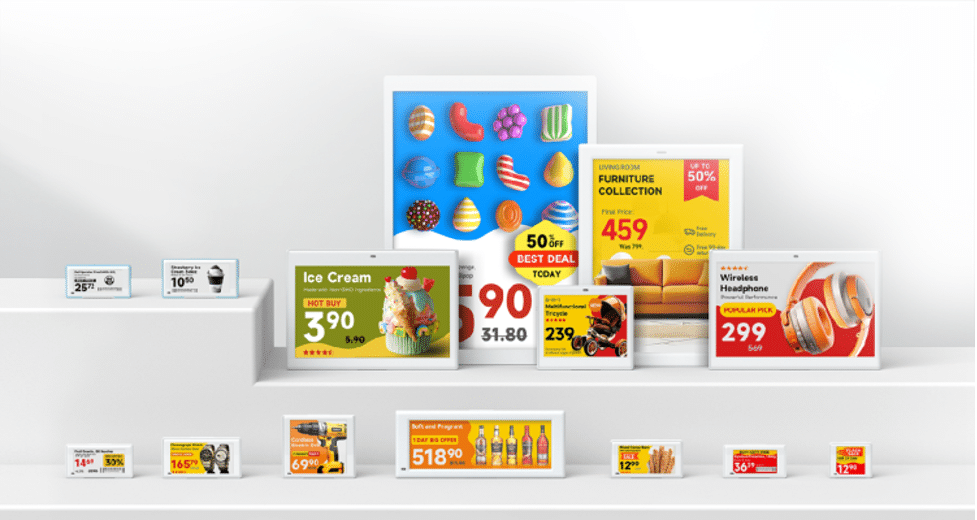Product bundling is a proven marketing tactic. It refers to retailers packaging two or more goods together and selling them as one combined offering at a discounted bundle price. It helps drive additional sales. This is because it provides added value for customers receiving multiple products in one transaction. Understanding the various forms and benefits of product bundling will help retailers alike optimize their sales strategies.
Types of Product Bundling
There are different ways that companies bundle their products together for customers. Understanding these types is important for retailers. The main categories are pure bundling and mixed bundling.
Pure Bundling
Pure bundling includes joint bundling and leader bundling. Joint bundling groups items (usually complementary) at a price that is less than the sum of their individual prices. For example, a printer sold with ink cartridges. Leader bundling offers a flagship, high-demand product (the “leader”) at a reduced price when it is purchased with another, less popular product. The idea is to leverage the popularity of the leader product to drive sales of the other items in the bundle.
Mixed Bundling
Mixed bundling provides partial flexibility compared to pure bundling. While full bundles offer savings, customers can still choose to purchase certain components individually. For instance, a cable package may bundle HD channels for one monthly fee. However, it may allow paying extra to add just one specialty channel too. This approach provides customers with more options and can meet a wider range of consumer preferences.
Benefits of Product Bundling for Retailers
Bundling products has clear advantages for retailers when incorporated into their marketing strategies. Done correctly, product bundling can boost revenues while also strengthening customer engagement. The top benefits include increased sales, cross-promotion opportunities, and reduced risks from trials of new items.
1. It Leads to Higher Sales Volumes
Bundling helps retailers drive up sales volumes. Bundles that deliver good value can motivate customers. Customers add extra items to their carts when they may not have otherwise. This influx of unplanned purchases increases the average items per basket, hence lifting the revenue generated per transaction.
2. It is an Effective Way to Cross-Sell and Upsell Products
Bundling makes it easy for retailers to strategically pair complementary items that cross-promote each other. It introduces more products to customers. Through natural pairings within bundles, customers can experience the value of other products they may not have considered. It is a subtle yet highly effective promotion.
3. It Allows for Testing New Products With Lower Risks
It’s a safer bet for retailers to include new or untested products than selling them on their own. By using leader bundling, where the new product is paired with a popular item, retailers can minimize the risk of having excess inventory of the new items sitting in the warehouse.
Use Digital Price Tags for Swift Pricing Adjustments
Product bundling requires retailers to swiftly adjust pricing. However, traditional paper-based shelf tags make price changes at large scales inefficient. Digital price tags help solve this issue. Swift changes to bundled offers are accessible using electronic shelf tags like the HanshowPolaris Pro. Retailers can remotely update all tags from the main POS system with just a few clicks.
The Polaris Pro is a high-performance electronic shelf label suited for busy retail stores. The key benefits and features that make it a top choice include:
- Large, HD display with increased screen-to-body ratio for vibrant bundle viewing
- Slim bezels for uninterrupted browsing and views
- Operates seamlessly from 40°C rooms to 0°C refrigeration
- Multi-directional mounting flexibility optimizes bundle placement
- Up to 8 pages of storage for dynamic bundle marketing
- 7 color lighting draws attention to bundles

Conclusion
Product bundling is an important marketing strategy. It provides multiple advantages to both retailers when implemented effectively. Digital price tags play a supporting role by facilitating swift pricing of bundles. A reliable solution like the Hanshow Polaris Pro is a top choice. It handles the demands of fast-paced retail environments well with high performance and versatile features. Visit Hanshow’s official website to learn more about its electronic shelf labels.
